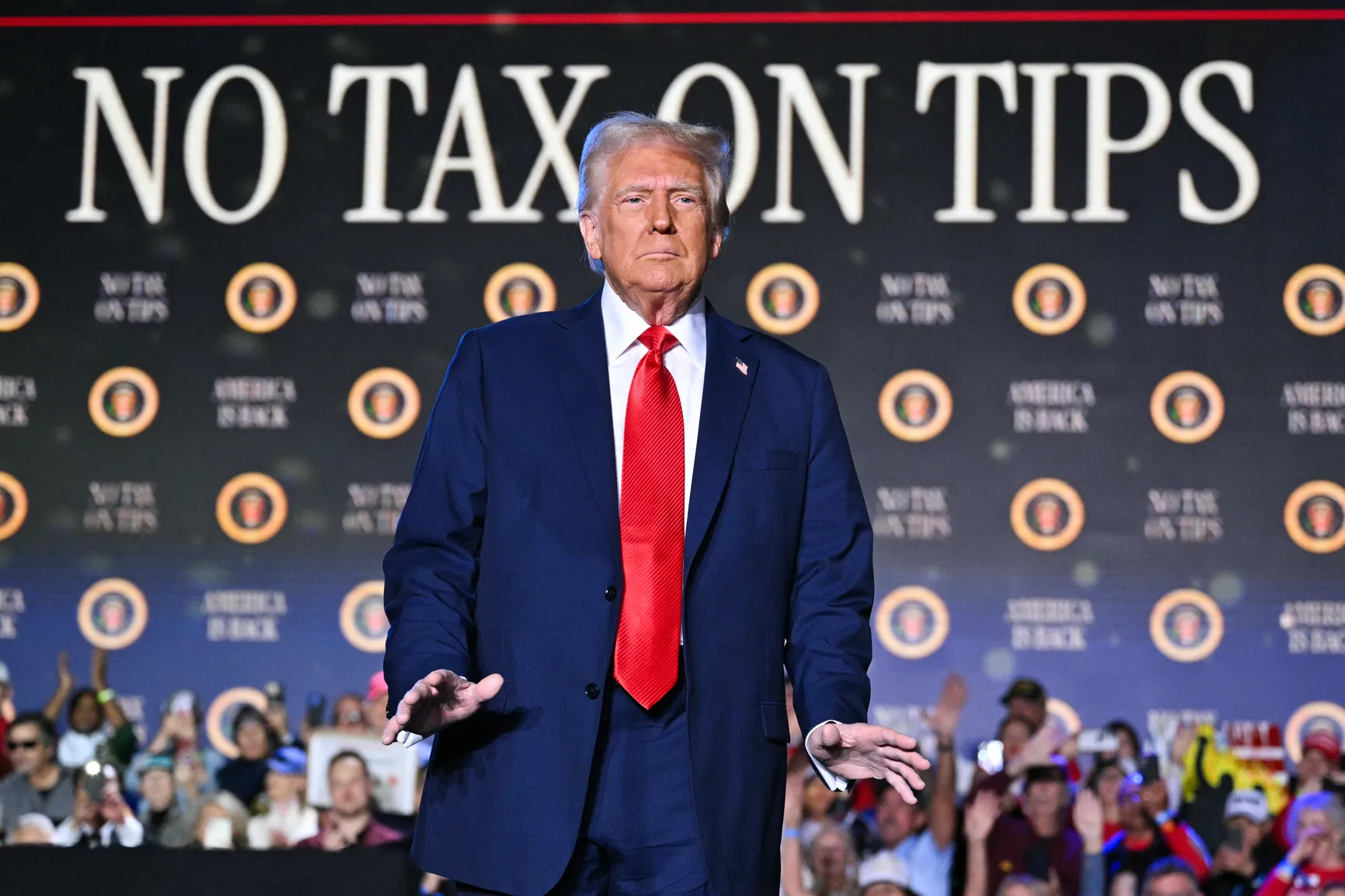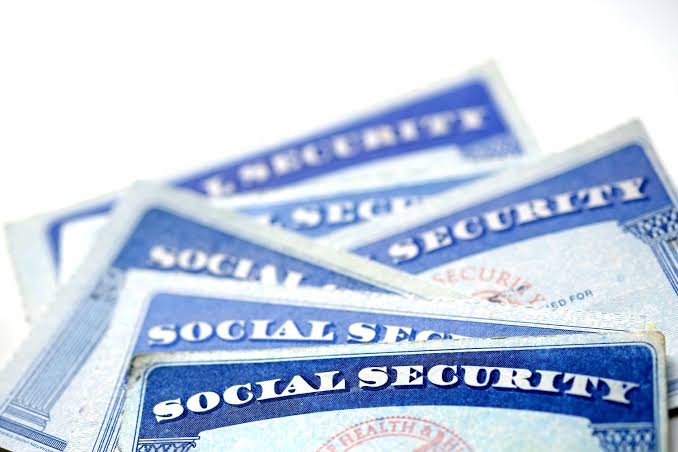Could you really see a $5,000 check from the government just for “being a taxpayer”? That’s one of the most talked-about parts of a bold new economic proposal now being debated in Washington. Nicknamed the “One Big Beautiful Bill Act,” this sweeping piece of legislation includes everything from tax-free tips and beefed-up border security to controversial cuts to Medicaid and education funding. But the big question on everyone’s mind is: Who wins and who loses if it passes.
What Is the “One Big Beautiful Bill Act”?
First introduced and passed by a narrow margin in the House on May 22, 2025, the bill is being pushed aggressively by President Donald Trump as a cornerstone of his economic agenda. It bundles together major tax reforms, spending boosts for the military and border security, and some hard-hitting changes to social safety nets like Medicaid and Pell Grants.
The bill now heads to the Senate, where fierce debate is expected.
Major Highlights of the Bill – What’s Inside?
1. Tax Cuts and New Deductions:
-
The 2017 Trump-era tax cuts would become permanent.
-
Federal taxes on tips and Social Security income would be completely eliminated.
-
Americans would be able to deduct interest paid on car loans.
2. Defense and Border Security Spending:
-
A massive $150 billion in new funding for the military, especially for drone development and advanced tech.
-
$70 billion is earmarked for new border wall construction and increased staffing at U.S. Customs and Border Protection.
3. Education Reform and Pell Grant Changes:
-
Tighter eligibility requirements for Pell Grants.
-
Creation of new “Workforce Pell Grants” focused on students in trade schools.
-
Subsidized federal loans for undergraduates would be eliminated entirely.
4. Medicaid and Welfare Cuts:
-
Stricter work requirements for welfare and Medicaid programs.
-
According to the Congressional Budget Office, these changes could cause over 8.6 million Americans to lose Medicaid coverage by 2034.

Will There Be a 2025 Stimulus Check?
While there’s no official stimulus check yet, the proposed bill includes a one-time relief payment—rumored to range from $400 to $800 per person, with income eligibility caps likely set around $75,000 for individuals and $150,000 for joint filers.
Other potential relief measures include:
-
Increases to the Child Tax Credit and Earned Income Tax Credit.
-
Federal aid for rent, utilities, and possibly gas tax refunds.
The “DOGE Dividend”: Fact or Fantasy?
Perhaps the most viral part of the proposal is what’s being called the “DOGE Dividend”—a nod to the Dogecoin cryptocurrency meme, repackaged as a bold economic experiment. Backed by both Trump and Elon Musk, this idea suggests that if the government can slash $2 trillion in “wasteful spending” over 18 months, that money would be returned to taxpayers in the form of $5,000 direct payments.
While it’s generating buzz on social media and among some economists, most fiscal experts are skeptical. Cutting that much government spending so quickly would require drastic cuts, and there’s concern that distributing these savings could fuel inflation or increase the already-growing national debt.
What About the National Debt?
The Congressional Budget Office estimates this package could add $3.8 trillion to the national debt over the next ten years. That’s led to growing anxiety from Wall Street and economists alike. Rising Treasury bond yields already suggest that markets are bracing for increased government borrowing, which could push up interest rates and affect everything from mortgages to credit cards.
What Happens Next?
The bill now heads to the Senate, where it’s expected to face serious hurdles. While some Republicans are rallying behind it, others are voicing concerns about its price tag and potential impacts on programs that millions rely on.
Democrats are strongly opposed to many of the proposed cuts, especially to education and Medicaid. The next few weeks could determine whether this bill becomes law—or collapses under its own political weight.
Bottom Line: What Should You Watch?
If passed, this bill would bring the biggest overhaul to taxes and federal spending in years. It’s designed to appeal to a wide audience—taxpayers, tip earners, military contractors, and border security advocates—but could also leave many Americans facing higher healthcare costs or reduced education benefits.



